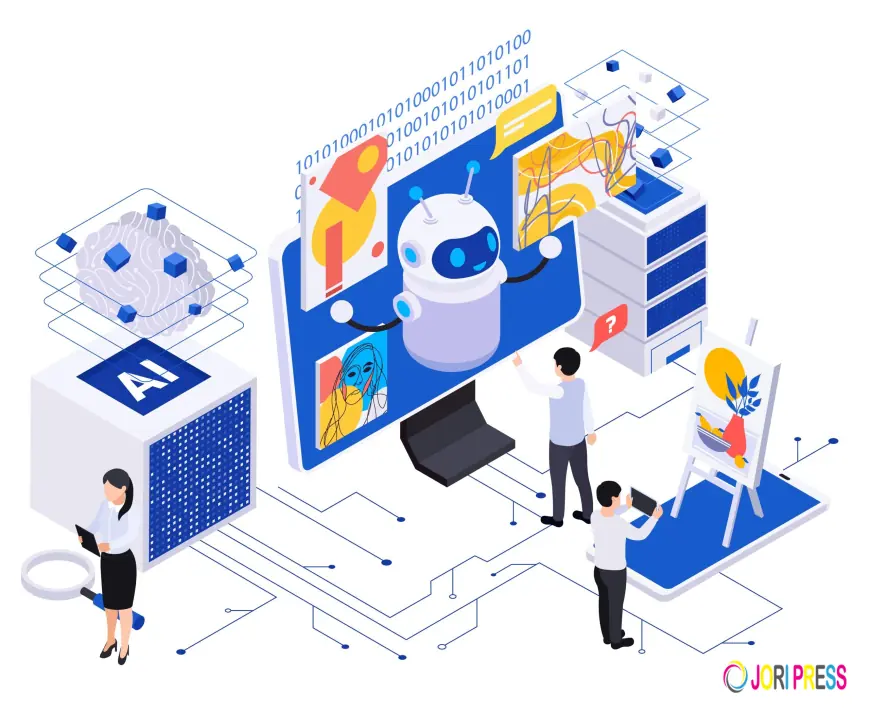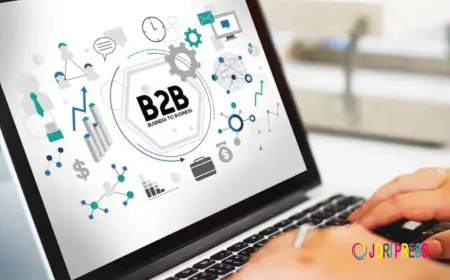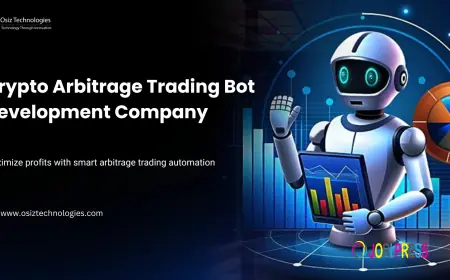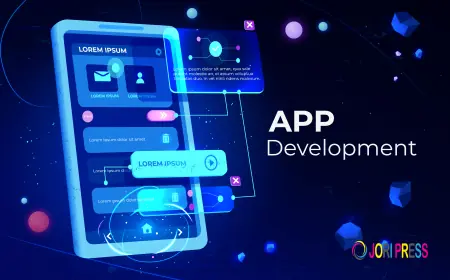Your Roadmap to Build an End-to-End Data Pipeline
Do you also want to build your own data pipeline, but don’t know how to start? In this article, we have covered everything about data pipeline and their preparation.

Businesses are creating enormous volumes of data every second — clicks on web pages, payments, social media activity, and even sensor readings from machines. But raw data is messy, distributed, and difficult to use. So how can companies make something sensible and useful out of all this chaos? The solution is a data pipeline.
A data pipeline (usdsi.org/data-science-insights/powering-modern-data-pipelines-data-engineering-with-python )takes data from a source, then through cleaning and processing, and finally into the systems where decisions are made.
In this article, you’ll learn what a data pipeline is, its essential components, and how exactly you can build an end-to-end data pipeline easily.
What Is a Data Pipeline?
Do you know how many were created every day? Every single day, 402.74 million terabytes of new data are generated or made. In zettabytes, that will translate to around 147 zettabytes per year, 12 zettabytes per month, 2.8 zettabytes per week, and 0.4 zettabytes per day by 2025 (Tech Business News 2025)
This increased the requirement for proper data management.
A data pipeline is a system that transfers data from one point to another, and in the process does something useful with that data. Rather than having to manually copy files or sanitize spreadsheets, a pipeline does it all for you in an automated manner.
Picture a water system: water runs from rivers to treatment plants, is cleaned, and then it flows to your tap via pipes. Similarly, in a pipeline where raw data is passing through and being cleaned and transformed before it arrives at a destination, like a dashboard, database, or model.
Why does this matter? Well, if there weren’t a data pipeline, businesses would not be able to handle and manage such a vast amount of data every day. Using one, they could themselves generate speedy, predictable, and data-based decisions.
Building Blocks of the Data Pipeline
Let’s break down each step:
Component 1: Data Ingest (or Extract)
Pipeline collects raw data from various types of data sources such as databases, APIs, cloud storage, IoT devices, CRMs, etc.
There are two common approaches:
● Batch: Pulls data at regular intervals (daily, hourly).
● Streaming: Continuously ingest data, e.g., with Kafka or event-driven APIs.
Component 2: Data Processing & Transformation (or transform)
Raw data must then be processed and prepared for consumption. This can include cleaning, normalizing, and joining the datasets, as well as applying business logic. It aims at guaranteeing data quality, consistency, and usability, and harmonizing it with analysis models or reporting requirements.
There are often several aspects that go into the second component:
● Cleaning: Null values handling, deleting duplicates, and Format consistency testimony.
● Transformation: Filter and pass, aggregate, encode, or reshape the values, highlight data according to this logic apply the passed highlight data based on this logic.
● Validation: Integrity checks for the correctness of the source files.
● Merging: Combine data from more than one system or source.
Component 3: Data Delivery (Load)
The resulting data is then sent to its appropriate destination (often a data warehouse for structured data or a data lake for semi-structured/unstructured data). It could also be written directly to dashboards, APIs, or ML models.
How to Create an End-to-End (E2E) Data Pipeline?
Now, let’s get practical. Here’s the right way to build a data pipeline as simply as possible and in a precise, straightforward way.
Step 1: Define the Goal
Before you write any code, ask yourself the question: What exactly do I want from this pipeline?
Example: “I want to be able to monitor my customers' purchases in real time and receive notifications when I start to run low on stock.
Step 2: Know What You’re Dealing With
Include all sources of your data. This may include:
● Website logs
● Databases
● Third-party APIs
● CSV or Excel files
For each, record the format (JSON, CSV, SQL), update speed (real-time or daily), and owner (who maintains the data).
Step 3: Choose Between Batch or Streaming Ingestion
Determine how you want to ingest data:
● Batch Ingestion: This is a collection of data at fixed intervals (For example, it could be daily or weekly).
● Streaming Ingestion: Helps in delivering data in a timely manner.
Step 4: Establish a landing zone for raw data.
Establish a place to store data the moment it arrives, often referred to as the “raw layer.” This is crucial because it provides you with an original copy to go back to when something goes wrong.
Various available options:
● Cloud storage bucket
● SQL/NoSQL database
● Data lake
Step 5: Data Transformation and Data Cleansing
Raw data is often messy. In this step, you:
● Remove duplicates (redundancy removal)
● Fix missing values
● Standardize formats (dates, currencies, names)
● Join data from different sources
This data transformation step now means the data has been cleaned and is ready to work with.
Step 6: Analyze Data for Insights
Now, we will prepare the data for analysis. This might include:
This will include:
● Summing (e.g., number of sales in a day)
● Dynamic business rules (e.g., failed payments should be flagged)
● Data preparation for machine learning models
This is the point of converting raw data into insights.
Step 7: Orchestrate the Workflow
Pipelines contain many steps that need to be run sequentially. Orchestration tools (such as Apache Airflow or Prefect) ensure:
● Jobs run on schedule
● Steps restart if they fail
● The entire pipeline can be monitored via one dashboard with ease
In this case, automation is what will help you save time.
Step 8: Transport Data to the Receiver
Then, finally, you send the transformed data where it belongs, such as:
● Dashboards for business leaders
● Reports for teams
● Machine learning models for predictions
● Store in the cloud for easy sharing between systems
Step 9: Add Testing and Monitoring
A good pipeline does more than just move data — it also checks it as it moves. Testing and monitoring let us verify correctness, performance, and trust.
Key practices include:
● Verification Tests
● Performance monitoring
Step 10: Lock Down and Document Your Pipeline
To safeguard sensitive data by using access controls and encryption. Prepare simple documentation so others know:
● Where data comes from
● What transformations are applied
● How to troubleshoot issues
Well-documented pipelines are easy to work with and maintain.
Wrap Up
A data pipeline might feel highly complex at first, but once you understand it, it feels straightforward. Put more simply, a data pipeline is the process for transforming messy raw data into value. Without it, businesses flounder in chaos. And with it, they take quick, smart decisions based on transformed and well-organized data. If you ever thought of building your own end-to-end data pipeline, we hope this read really helped you clear all your doubts. Stay tuned with us for more such informative articles.
What's Your Reaction?
 Like
0
Like
0
 Dislike
0
Dislike
0
 Love
0
Love
0
 Funny
0
Funny
0
 Angry
0
Angry
0
 Sad
0
Sad
0
 Wow
0
Wow
0






















































